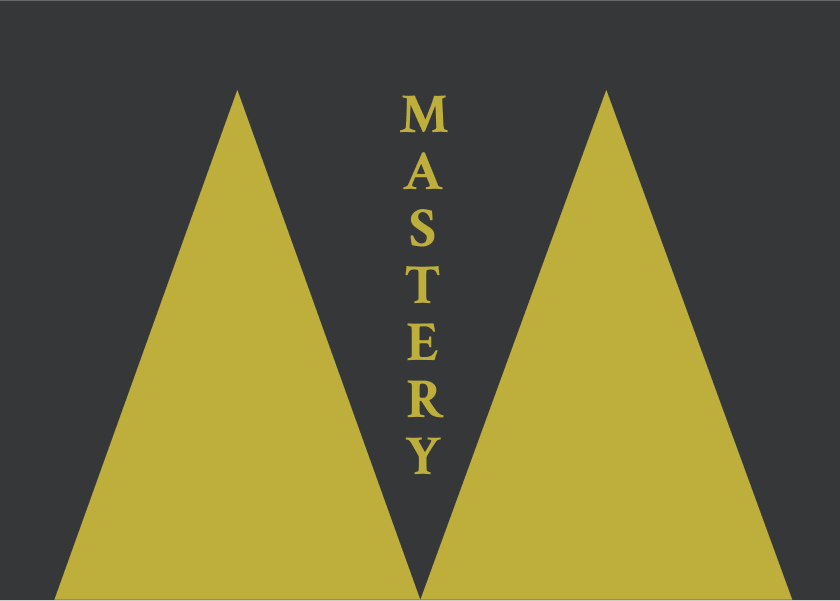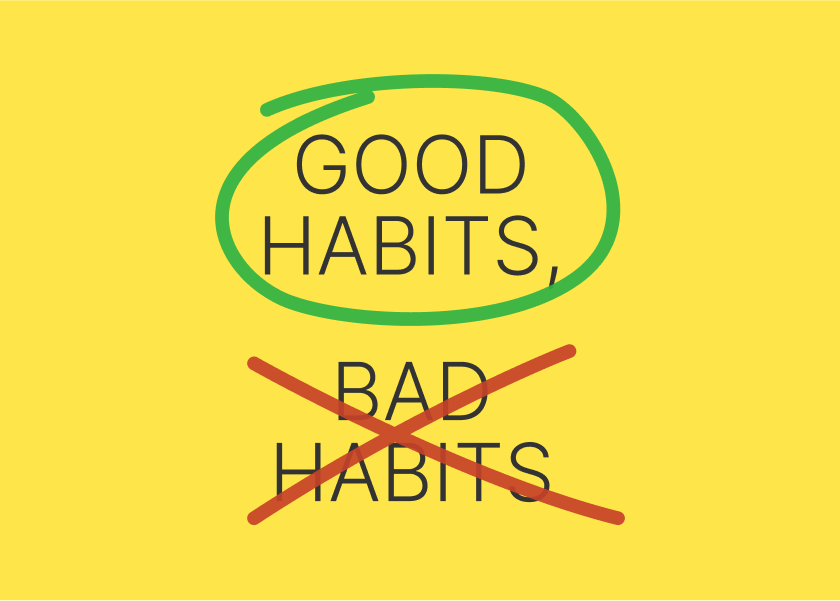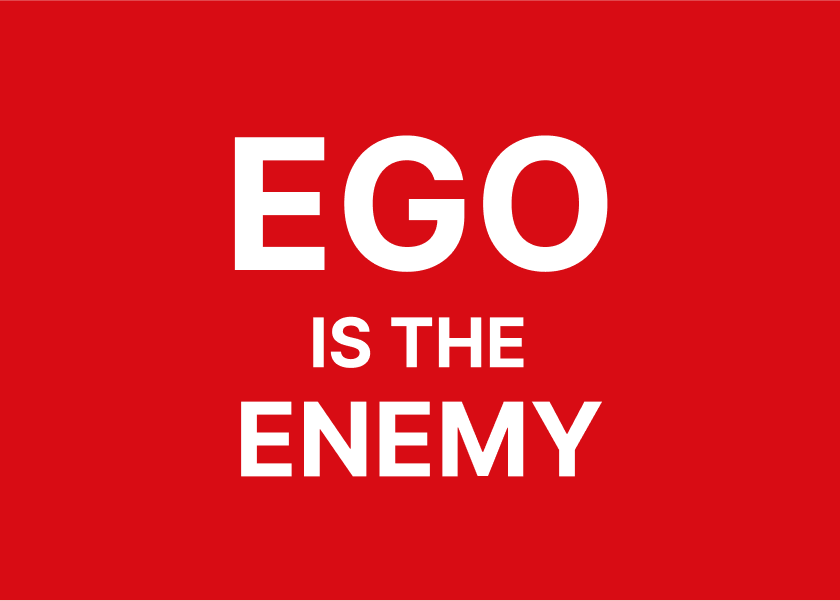The Five Dysfunctions of a Team by Patrick Lencioni - Summary
Unlock peak team performance! Discover the 5 hidden traps sabotaging teamwork and learn simple, powerful strategies to build cohesive, results-driven teams. Transform your organization now!

The following is a summary and review of the book The Five Dysfunctions of a Team by Patrick Lencioni.
The Five Dysfunctions of a Team: A Path to Cohesive Collaboration
Are your team's meetings dull and unproductive? Do individual egos overshadow collective goals? Patrick Lencioni's influential book, The Five Dysfunctions of a Team: A Leadership Fable, tackles these very issues head-on. Through a compelling story and a practical model, Lencioni reveals the subtle yet destructive forces that can derail even the most talented teams. This article delves into the core concepts of the book, exploring its key insights and offering actionable steps to foster genuine teamwork within your organisation.
Table of Contents
- About the Author
- Who Should Read This Book?
- Key Insights and Themes
- Detailed Summary
- Review
- Actionable Takeaways
- FAQs
- Conclusion
About the Author
Patrick Lencioni is the founder and president of The Table Group, a management consulting firm that specialises in executive team development and organisational health. As a consultant and keynote speaker, he has worked with numerous senior executives across various sectors, including Fortune 500 companies, high-tech start-ups, universities, and non-profit organisations. Lencioni is a highly regarded author of several nationally recognised books on leadership and teamwork, with The Five Dysfunctions of a Team being a New York Times bestseller. His work is known for its practical, straightforward approach to complex team dynamics, often presented through engaging leadership fables.
Who Should Read This Book?
The Five Dysfunctions of a Team is a valuable resource for anyone who works in or leads a team, regardless of the team's size or industry. This includes:
- Leaders at all levels: CEOs, managers, supervisors, and project leaders who are responsible for team performance will find practical guidance on identifying and addressing team dysfunctions.
- Team members: Individuals who want to understand the dynamics within their teams and contribute to a more effective and positive work environment.
- Human Resources professionals and organisational development consultants: Professionals seeking frameworks and tools for team assessment and improvement will find Lencioni's model highly applicable.
- Coaches and mentors: Anyone involved in helping individuals and teams reach their full potential will benefit from the book's insights into the fundamental challenges that teams face.
For instance, a new manager struggling to integrate a diverse team, an executive team facing internal conflicts and missed targets, or even a project team failing to meet deadlines could all gain valuable perspectives and practical strategies from this book. Lencioni’s use of a relatable fable makes the concepts accessible and easy to understand, even for those new to leadership principles.
Key Insights and Themes
The central theme of The Five Dysfunctions of a Team is that teamwork remains a significant competitive advantage because it is both powerful and rare. The book outlines five interconnected dysfunctions that hinder effective teamwork, presented as a pyramid where each dysfunction builds upon the previous one. Overcoming these dysfunctions requires discipline and persistence.
Here are the key takeaways:
- Absence of Trust: The foundation of a truly cohesive team is vulnerability-based trust, where team members feel safe to be open and honest with each other, admitting weaknesses and mistakes.
- Fear of Conflict: Trust enables teams to engage in unfiltered debate around ideas, which is crucial for making informed decisions. Fear of conflict leads to artificial harmony and can prevent critical issues from being addressed.
- Lack of Commitment: When team members don't have the opportunity to voice their opinions and engage in healthy conflict, they are less likely to buy into decisions and plans, leading to ambiguity and a lack of clear direction.
- Avoidance of Accountability: Without clear commitment, team members are hesitant to hold one another accountable for delivering against agreed-upon plans and standards of behaviour.
- Inattention to Results: When teams fail to hold each other accountable, individual egos and personal agendas can take precedence, leading to a lack of focus on collective results and the achievement of team goals.
The book emphasises that these dysfunctions are interconnected and must be addressed in order, starting with building trust.
Detailed Summary
The book is divided into four parts: The Fable, The Model, Team Assessment, and Understanding and Overcoming the Five Dysfunctions.
Part One: The Fable - Underachievement and Lighting the Fire
The story centres around Kathryn Petersen, a newly appointed CEO of DecisionTech, a promising but underperforming technology company in Silicon Valley. DecisionTech boasts an experienced and expensive executive team but suffers from internal politics and a lack of cohesive teamwork, leading to underachievement.
Kathryn quickly observes the dysfunctional dynamics within the executive team. She notices a lack of open communication, an aversion to conflict, and a focus on individual agendas rather than collective goals. Despite facing scepticism and resistance from her team, including strong personalities like Martin (the acerbic chief engineer), Mikey (the brand-building marketing head), and Nick (the ambitious chief operating officer), Kathryn is determined to transform the team's dynamic.
Kathryn initiates a series of off-site retreats in Napa Valley with a clear agenda: to confront the team's underlying issues and build a foundation for effective teamwork. Her initial actions, such as observing meetings and setting the agenda for the retreats, are met with resistance and disbelief from the executive team. However, Kathryn remains steadfast in her belief that addressing the fundamental dysfunctions is crucial for the company's success.
Part Two: The Fable - Heavy Lifting and Traction
During the first off-site, Kathryn begins to address the absence of trust by leading the team through exercises designed to foster vulnerability and understanding. This includes sharing personal histories and identifying individual strengths and weaknesses. These exercises are met with initial resistance and scepticism, particularly from individuals like Martin and Mikey.
Kathryn then tackles the fear of conflict by encouraging open and passionate debate around important issues. She challenges the team's tendency to avoid difficult conversations and emphasises that constructive conflict is essential for arriving at the best solutions. The team begins to cautiously engage in more direct communication, although old habits and personal egos still present challenges.
The third dysfunction, lack of commitment, is addressed by driving the team towards clear decisions and ensuring everyone buys into the agreed-upon plans. Kathryn leads the team through the process of defining an overarching goal for the year – acquiring eighteen new customers – and ensures that everyone understands their role in achieving this goal. This process highlights the importance of clarity and the need for all team members to commit to the collective objective, even if they initially disagreed.
Kathryn then confronts the avoidance of accountability by emphasising the need for team members to hold each other responsible for their commitments and performance. She calls out instances where individuals are not following through on their agreed-upon tasks and encourages the team to develop a culture of mutual accountability. This shift in expectation leads to some uncomfortable but necessary conversations within the team.
Finally, Kathryn addresses inattention to results by constantly reinforcing the importance of collective outcomes over individual recognition. She uses the analogy of a sports team to illustrate how individual achievements are secondary to the overall success of the team. This requires shifting the focus from personal ego and departmental silos to shared goals and measurable results.
The fable culminates with the departure of Mikey, whose inability to embrace the principles of teamwork ultimately proves detrimental to the team's progress. Despite this setback, the remaining team members begin to demonstrate a greater understanding of the five dysfunctions and a willingness to work towards becoming a truly cohesive unit.
Part Three: The Model - An Overview and Team Assessment
This section provides a concise overview of the Five Dysfunctions Model, clearly outlining each dysfunction and its impact on team performance. It reiterates that these dysfunctions are interconnected and form a pyramid, with the absence of trust at the base.
Lencioni includes a Team Assessment questionnaire, a straightforward diagnostic tool designed to help teams evaluate their susceptibility to the five dysfunctions. The questionnaire consists of fifteen statements that team members can rate to identify areas where their team might be struggling. Instructions are provided on how to score the assessment and interpret the results, encouraging teams to discuss discrepancies in their responses and identify implications for improvement.
Part Four: Understanding and Overcoming the Five Dysfunctions
This final section delves deeper into each of the five dysfunctions, providing practical guidance and tools for overcoming them.
- Overcoming Absence of Trust: Lencioni suggests exercises such as personal histories, the Team Effectiveness Exercise, and the use of personality and behavioural preference profiles (like Myers-Briggs Type Indicator) to help team members understand each other better and build trust through vulnerability. He emphasises that the leader plays a crucial role in demonstrating trust and creating a safe environment for openness.
- Overcoming Fear of Conflict: The key is to recognise that productive conflict is about ideological disagreement, not personal attacks. Leaders need to mine for conflict and create norms that encourage healthy debate. Real-time permission and the use of tools like the "conflict continuum" can help teams become more comfortable with engaging in constructive arguments.
- Overcoming Lack of Commitment: To ensure commitment, teams need to clarify decisions and communicate them effectively. Techniques like cascading messaging and establishing clear deadlines for decisions are vital. Lencioni also introduces the concept of "disagree and commit," where team members commit to a decision even if they initially disagreed with it. The leader must be comfortable with making decisions with incomplete information and resist the pursuit of perfect consensus.
- Overcoming Avoidance of Accountability: Fostering accountability requires the publication of goals and standards and regular progress reviews. Teams should also engage in simple and regular progress reviews and use team rewards to reinforce collective accountability. Leaders must be willing to directly address difficult issues and ensure that team members hold each other to account.
- Overcoming Inattention to Results: The most effective way to overcome this dysfunction is to make results clear and reward behaviours that contribute to collective success. Teams should have public declarations of results and ensure that individual status is tied to the achievement of team goals. Leaders must be selfless and objective, focusing recognition on team achievements rather than individual contributions.
Lencioni concludes this section by stressing that building a cohesive team is not about mastering sophisticated theories but rather about practising a small set of principles with discipline and persistence.
Review
The Five Dysfunctions of a Team is a highly practical and insightful book that effectively blends a relatable fable with a clear and actionable model. Lencioni's writing style is engaging and straightforward, making complex team dynamics easy to understand. The fable format allows readers to connect with the characters and see the dysfunctions play out in a realistic organisational setting.
Strengths:
- Simplicity and Clarity: The Five Dysfunctions model is remarkably simple yet profoundly insightful, providing a clear framework for understanding team challenges.
- Relatability: The leadership fable format makes the concepts accessible and memorable, allowing readers to easily identify similar dynamics in their own teams.
- Practicality: The book offers tangible tools and strategies for overcoming each of the five dysfunctions, making it highly actionable for leaders and team members.
- Emphasis on Foundational Issues: Lencioni rightly highlights trust as the bedrock of effective teamwork, addressing the root causes of many team problems.
Weaknesses:
- Oversimplification: While the model's simplicity is a strength, some might argue that real-world team dynamics can be more nuanced and complex than presented.
- Potential for Misapplication: Without careful consideration of the specific team context, the suggested exercises and tools could be misapplied or feel forced.
- Focus on Executive Teams: While the principles are applicable to all teams, the fable primarily focuses on an executive leadership team, which might make it less immediately relatable for some readers in different team structures.
Overall, The Five Dysfunctions of a Team remains a highly recommended read for anyone seeking to build more cohesive and effective teams. Its straightforward model and practical advice provide a valuable roadmap for addressing common pitfalls and fostering genuine collaboration.
Actionable Takeaways
Here’s how to apply these lessons in real life:
- Assess Your Team: Use the Team Assessment questionnaire provided in the book to identify your team's strengths and weaknesses in relation to the five dysfunctions.
- Build Trust Through Vulnerability: Encourage team members to share personal histories and openly admit mistakes. As a leader, be the first to demonstrate vulnerability.
- Embrace Healthy Conflict: Create an environment where ideological conflict is encouraged and not seen as personal attacks. Learn to mine for conflict and facilitate constructive debate.
- Ensure Clarity and Buy-in: At the end of meetings, recap key decisions and action items to ensure everyone is on the same page. Encourage team members to voice their opinions before decisions are made.
- Hold Each Other Accountable: Clearly define goals and standards and regularly review progress. Foster a culture where team members feel comfortable holding their peers accountable for their commitments.
- Focus on Collective Results: Make team goals the top priority and reward behaviours that contribute to their achievement. Downplay individual ego and celebrate collective successes.
- Facilitate Regular Team Discussions: Dedicate time in meetings or off-sites to discuss team dynamics and address any emerging dysfunctions.
FAQs
- What are the five dysfunctions of a team? The five dysfunctions are absence of trust, fear of conflict, lack of commitment, avoidance of accountability, and inattention to results.
- Why is trust the foundation of a team? Trust is essential because it allows team members to be vulnerable with each other, admitting mistakes and weaknesses without fear of retribution. This openness is necessary for healthy conflict and genuine commitment.
- Is conflict always bad for a team? No. Constructive, ideological conflict around ideas is crucial for making sound decisions. Fear of conflict leads to artificial harmony and prevents critical issues from being addressed.
- What does "disagree and commit" mean? It means that even if a team member initially disagrees with a decision, once the team has made a collective choice, everyone commits to supporting and executing that decision as if it were their own.
- Is "The Five Dysfunctions of a Team" worth reading? Yes, this book offers valuable insights and practical guidance for anyone who works in or leads a team. Its accessible format and actionable advice make it a highly recommended resource for improving team effectiveness and cohesion.
Conclusion
Building a truly cohesive and high-performing team is a challenging yet immensely rewarding endeavour. Patrick Lencioni's The Five Dysfunctions of a Team provides a powerful framework for understanding the common pitfalls that hinder teamwork and offers practical strategies for overcoming them. By prioritising trust, embracing healthy conflict, ensuring commitment, fostering accountability, and focusing on collective results, teams can unlock their full potential and achieve more than individuals could ever imagine alone. If you are serious about improving the effectiveness of your team, this book is an essential guide on your journey towards building a truly unified and successful unit.
As an Amazon Associate, ShelfHelp may earn money from qualifying purchases. Needless to say, ShelfHelp only includes affiliate links to books we recommend and think are worth your time reading.




